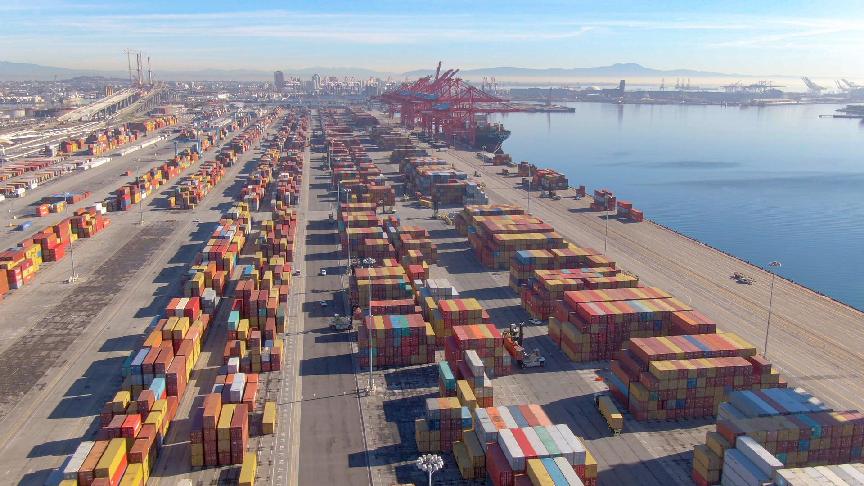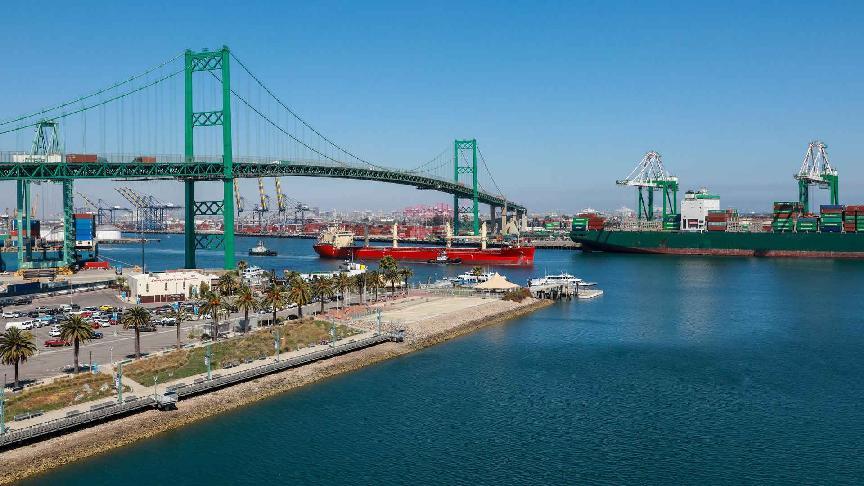15 February 2024 (Lloyd's List) - INVENTORY replenishments ahead of the Lunar New Year and strong US consumer spending sent January volumes in the port of Los Angeles to near-record levels, while the impact from Red Sea crisis has been minimal thus far.
The nation’s largest port handled 855,652 teu last month, up nearly 18% from last year’s doldrums and just 1.1% below the record volumes of January 2022, when congestion in the San Pedro Bay peaked with a queue of more than 100 ships.
Import volume of 441,763 teu was higher than in peak-congestion January 2022, and the highest since July of that year.
The port’s executive director Gene Seroka said two factors — inventory top ups and a strong US economy — helped the port to a very strong January.
“First, cargo owners have been replenishing inventories and moving goods at a fast clip ahead of the Lunar New Year holiday, which will slow production in Asia,” he said in a media briefing.
“Second, consumer spending and mostly strong economic data continue to accelerate the US economy.”
Last season’s holiday sales grew 3.8%, Seroka said, adding that strong job growth and other key indicators were trending in a positive direction. The US economy grew at 3.3% in the fourth quarter, while job growth in January was far ahead of expectations and above last year’s average monthly gains.
Seroka said he expects this strong sentiment to continue in February, forecasting first-quarter volumes of about 2.2m teu, up 20% increase on last year.
Last year, volume gains for one of the San Pedro Bay ports would often spell a loss for the other. However, while the adjacent port of Long Beach has yet to report January figures, its executive director Mario Cordero recently said that imports increased 17% last month.
In an informal hearing with the Federal Maritime Commission last week, Cordero said the increase was not the result of Red Sea diversions. Instead, he said the gains were attributable to cargoes redirected to the west coast from elsewhere in the US, due to the resolution of ILWU-PMA labour contract and to a lesser extent, issues at the Panama Canal.
Seroka made similar comments in Wednesday’s press briefing, stating that the impact of the Red Sea situation so far has been “limited”.
However, he said some shippers have recently told him that they’ve been rerouting to the west coast to avoid the uncertainty in both the Red Sea and Panama Canal. Although cargoes here were not significant.
“It’s not a deluge of freight, but we do see a little bit of an uptick because of these changes.”
Both Seroka and Cordero expressed confidence that they could deal with a Red Sea-induced cargo surge if one materialises, saying that they are running at about 75%-80% capacity.







